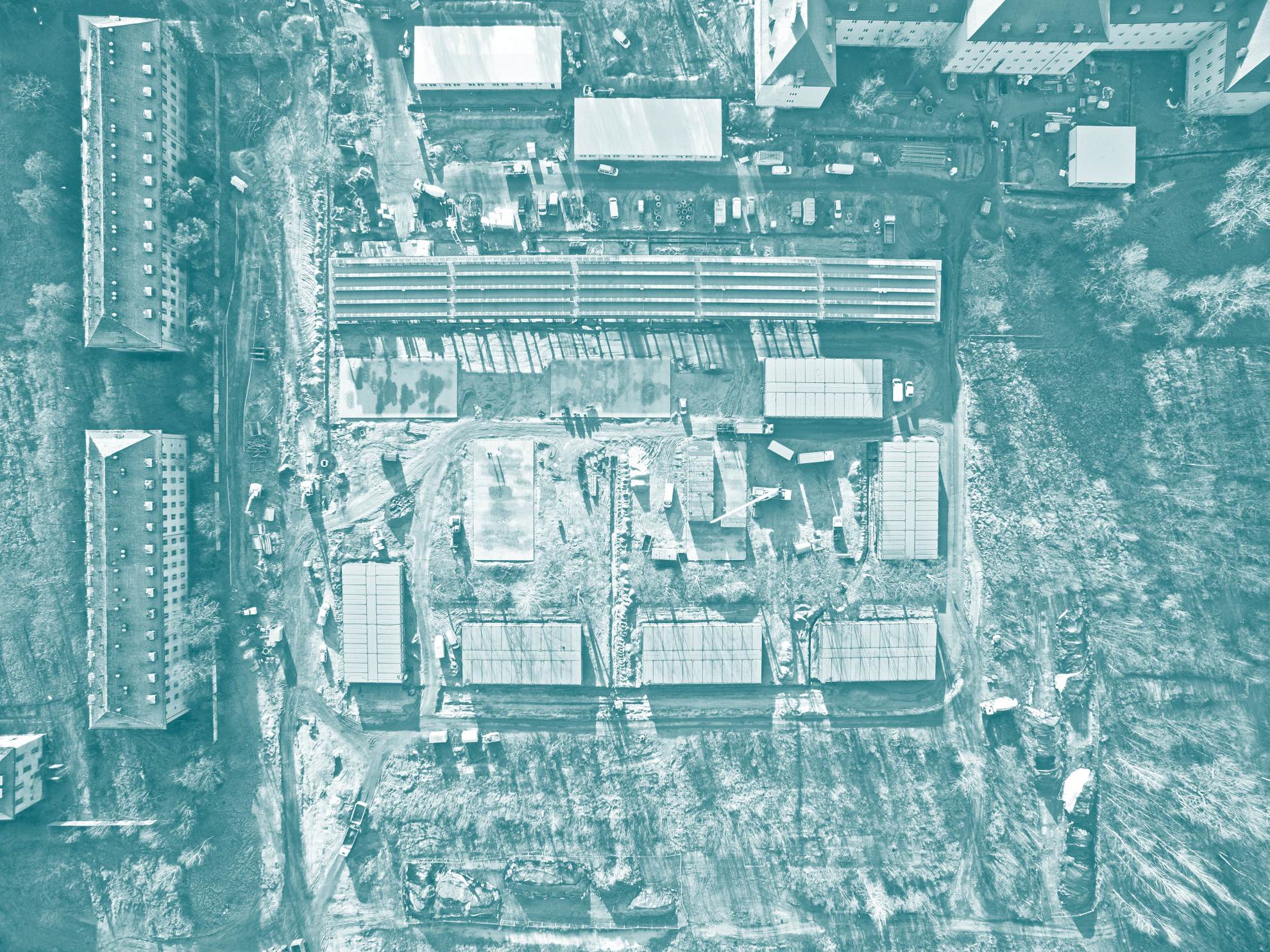18 June 2021 10:00 Contested Monuments
Afrikanerdom, Apartheid, Post-Apartheid: The Voortrekker Monument, Pretoria
Elizabeth Rankin (University of Auckland), Rolf Michael Schneider (Ludwig Maximilians University Munich)
Few monuments speak more forcefully about colonialism than the colossal Voortrekker Monument in Pretoria. Conceived and built between 1931 and 1949, it memorialised the treks of 19th-century Dutch-speaking pioneers, who “civilised” Southern Africa’s hinterland, wresting it from its black inhabitants – the subject of the monument’s 92m marble frieze. The Afrikaners, the Voortrekkers’ descendants who erected it, came into power in the 1948 election of the National Party, which over its 45-year rule developed the politics of apartheid, escalating colonial oppression. Under the new ANC government, victorious in the first democratic elections of 1994, what would become of a monument that embodied abhorrent colonial values?
While the sheer scale of the Voortrekker Monument precluded its removal, there have been various attempts to appropriate it to new agendas. In 1996, Gauteng premier Tokyo Sexwale re-interpreted the monument as symbolising the rise of Umkhonto We Sizwe, the armed wing of the ANC, and the civilising role of that party. Nelson Mandela seemed to accept its assimilation into a new culture when he drew analogies between African and Afrikaner struggles while unveiling a statue of an Afrikaner hero there in 2002. But many protested against it. Minnette Vári used her own body in an evocative video questioning the monument’s values, a strategy similar to Sethembile Msezane’s performance at #RhodesMustFall in 2015. Yet others seemed to tolerate the monument as a symbol of what had to be overcome to achieve freedom, and the ANC government even declared it a national heritage site in 2012. The monument itself, run by a private company since 1993, has been developed as a successful tourist attraction and educational resource, with its persistent Afrikaner heritage less prominent. The most resolute response was the development of a counter-monument to the Struggle, Freedom Park, promoted as a presidential project under Thabo Mbeki. Positioned on an outcrop opposite the Voortrekker Monument, this counter-monument has set up a further complex dialogue between colonial and post-colonial politics.
Elizabeth Rankin is Professor Emerita of Art History at the University of Auckland, New Zealand. She was previously Professor and Dean of Arts at the University of the Witwatersrand, Johannesburg, where she initiated her extensive publications on South African art and architecture.
Rolf Michael Schneider is Professor Emeritus of Classical Archaeology at the Ludwig Maximilians University Munich; Honorary Professor at the University of Cape Town; and Honorary Fellow at the African Studies Centre, Leiden. He has held senior positions in Heidelberg, Cambridge and Berkeley.
In 2020 Rankin and Schneider jointly published the two-volume book From Memory to Marble: The Historical Frieze of the Voortrekker Monument. Part I: The Frieze / Part II: The Scenes, African Minds and De Gruyter.
